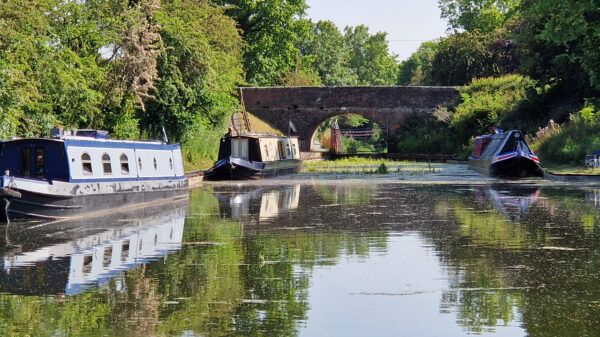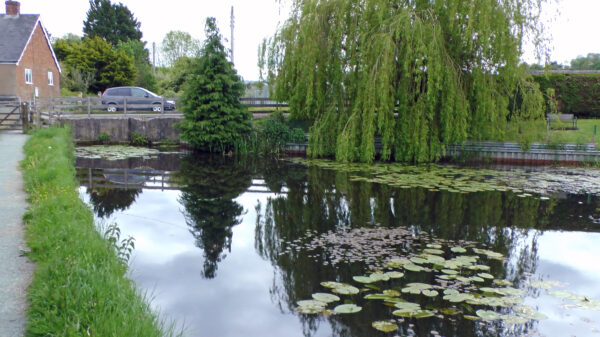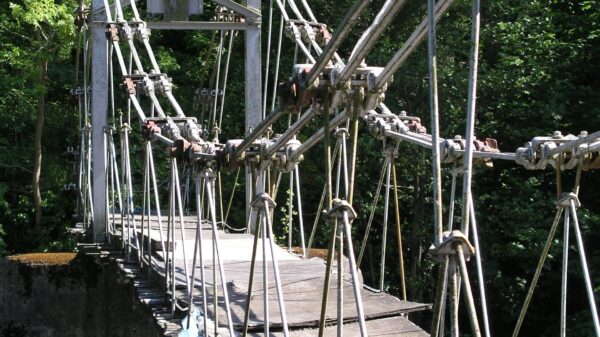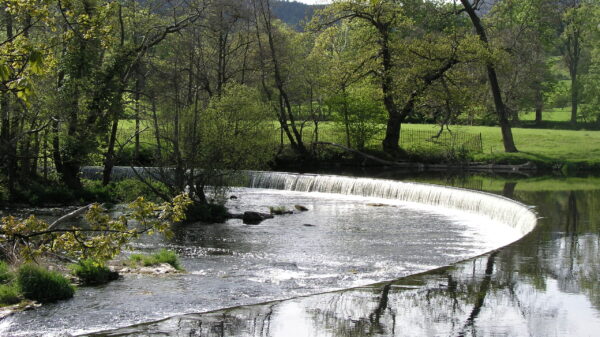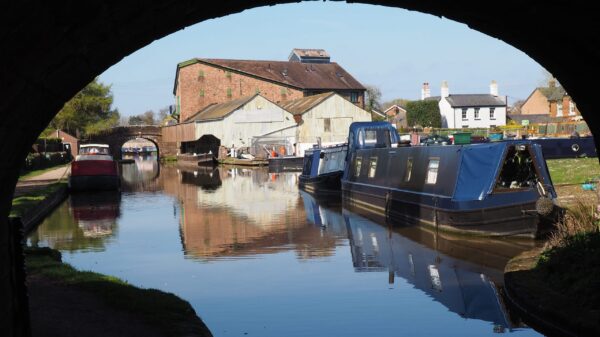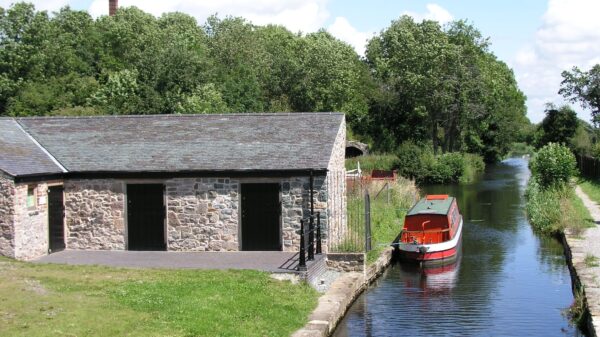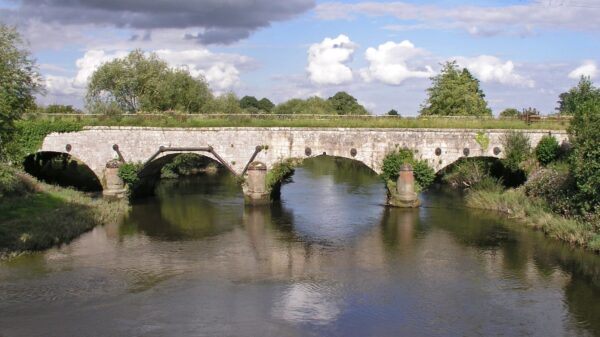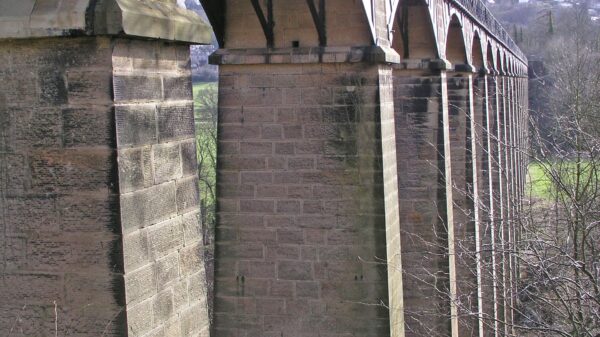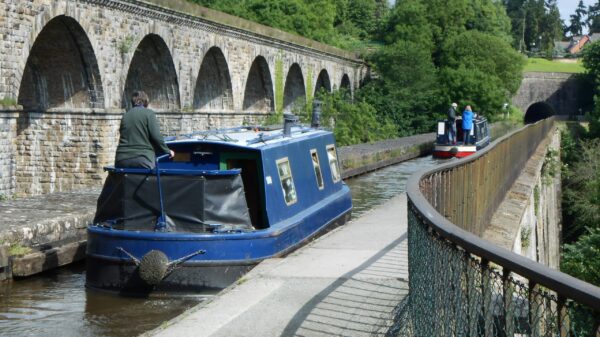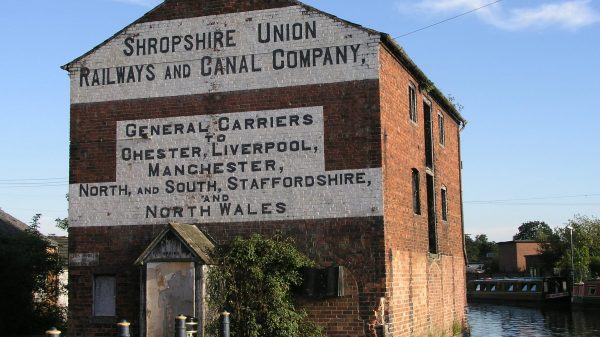4. Pentreheylin Hall
Pentreheylin Hall was built in 1830 by John James Turner, using the canal to bring in materials. Pentreheylin Hall Bridge and Pentreheylin Bridge were built using ‘fish-belly’ cast iron beams to support the deck.
Pentreheylin warehouse was probably built in the early 1830s for John James Turner. Although generally known as a salt warehouse, it probably dealt with all sorts of merchandise and produce. Several years ago the warehouse was sympathetically converted into a dwelling.

